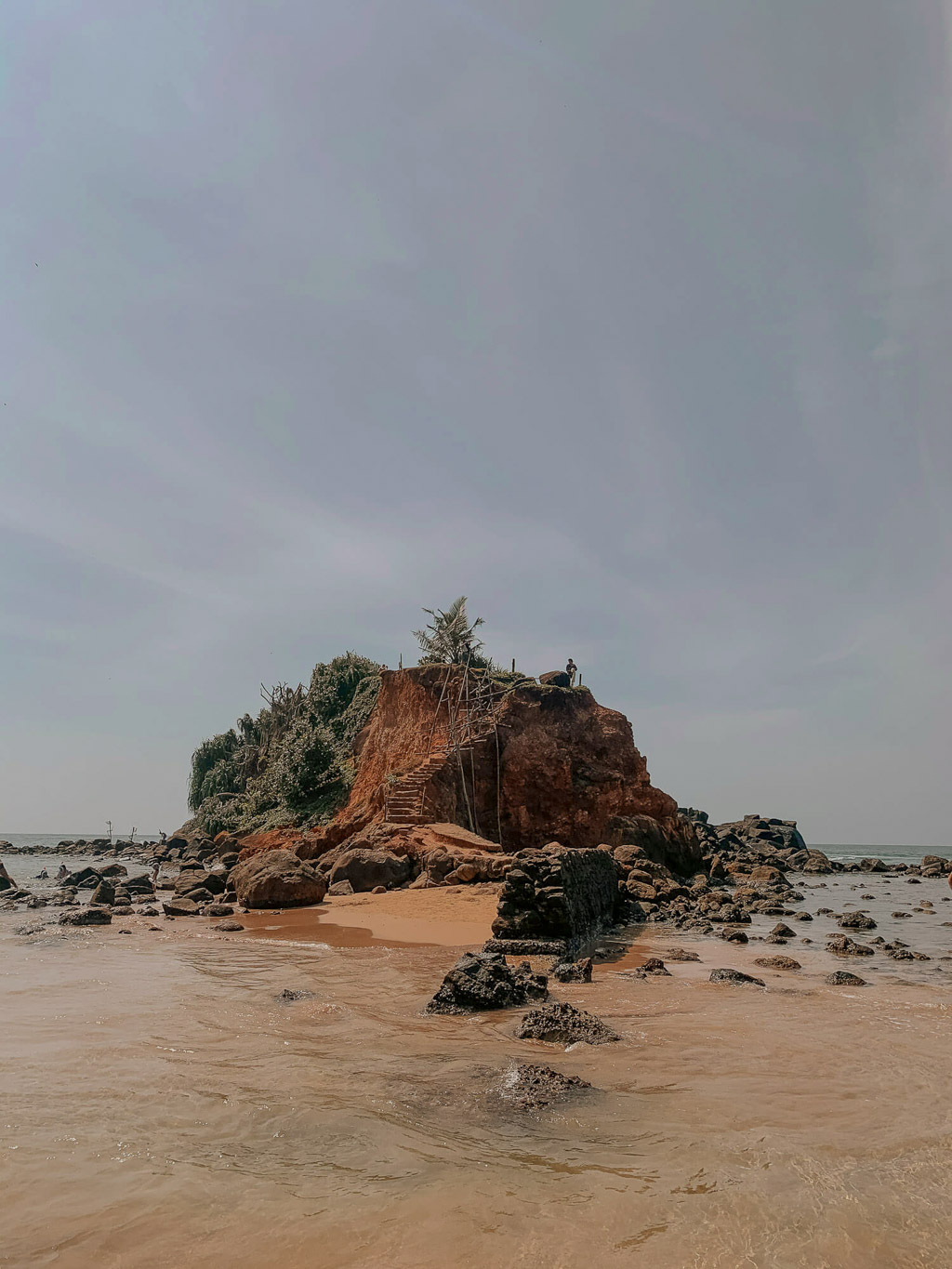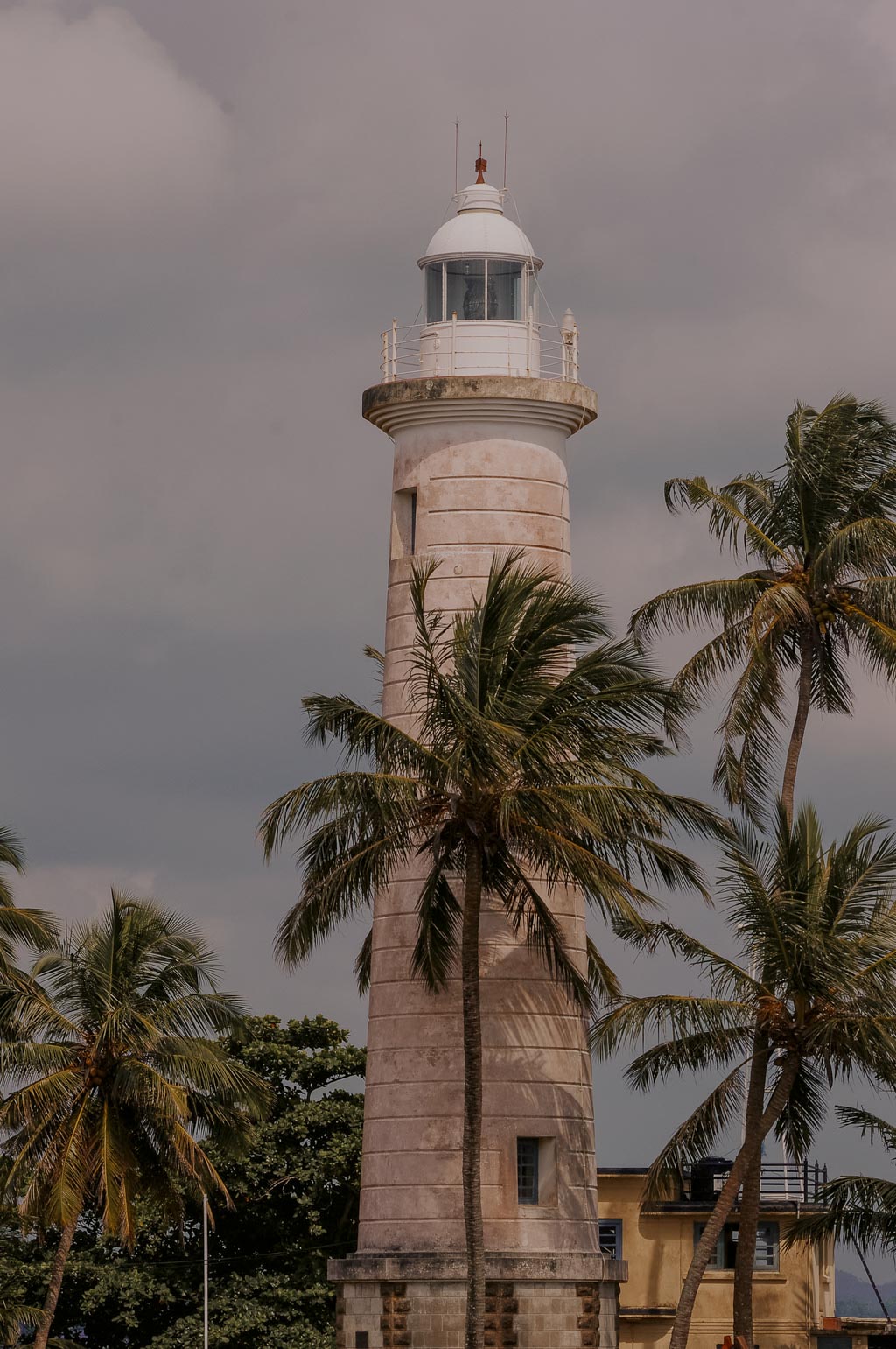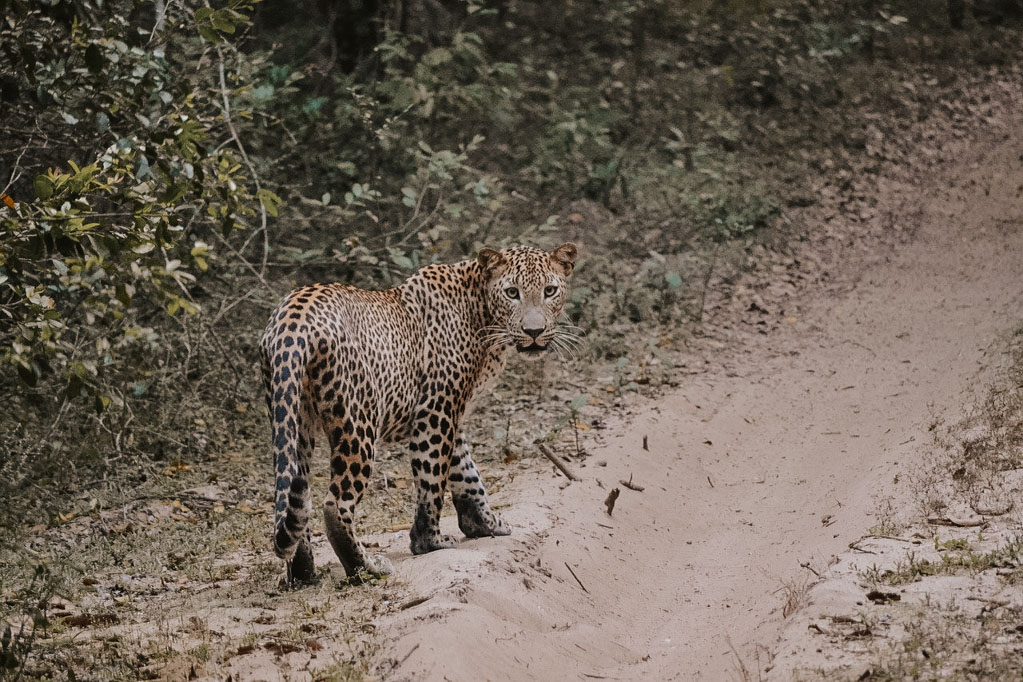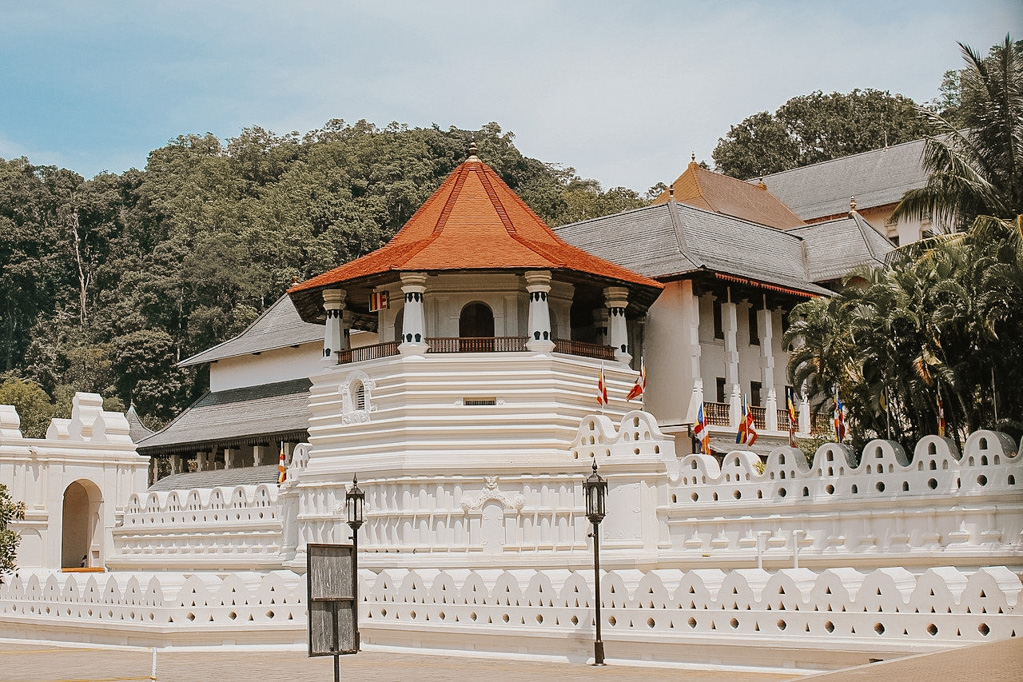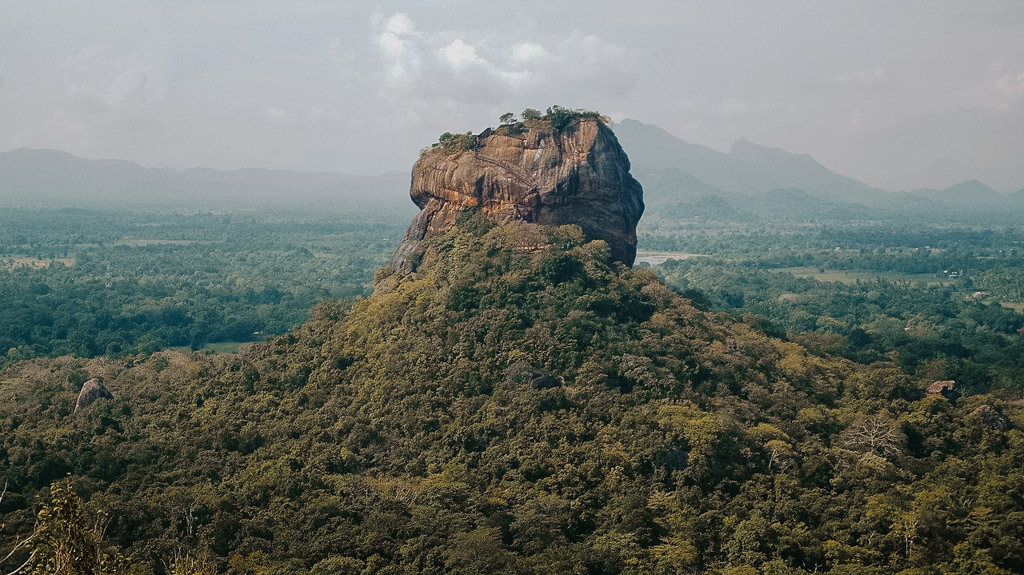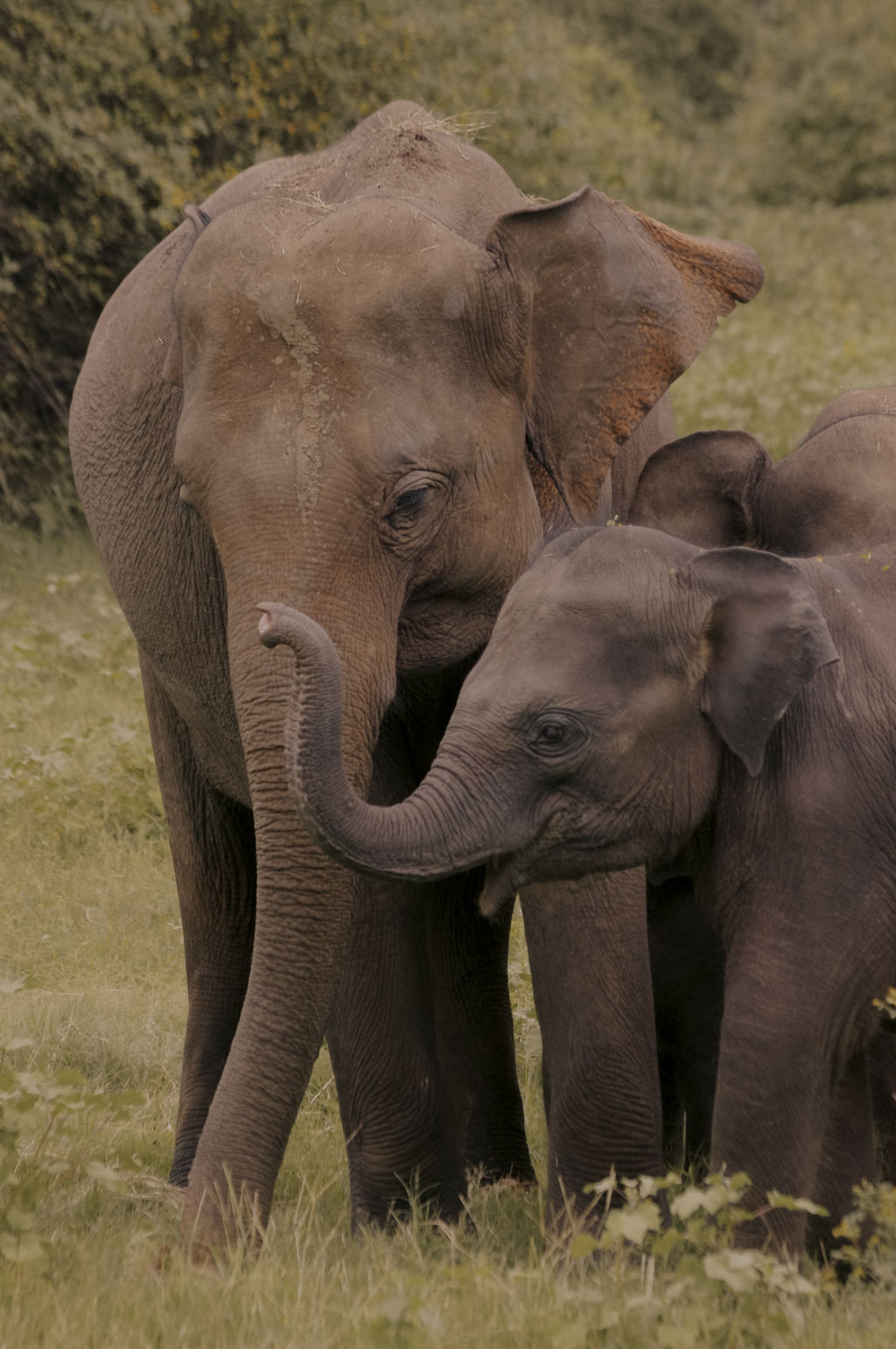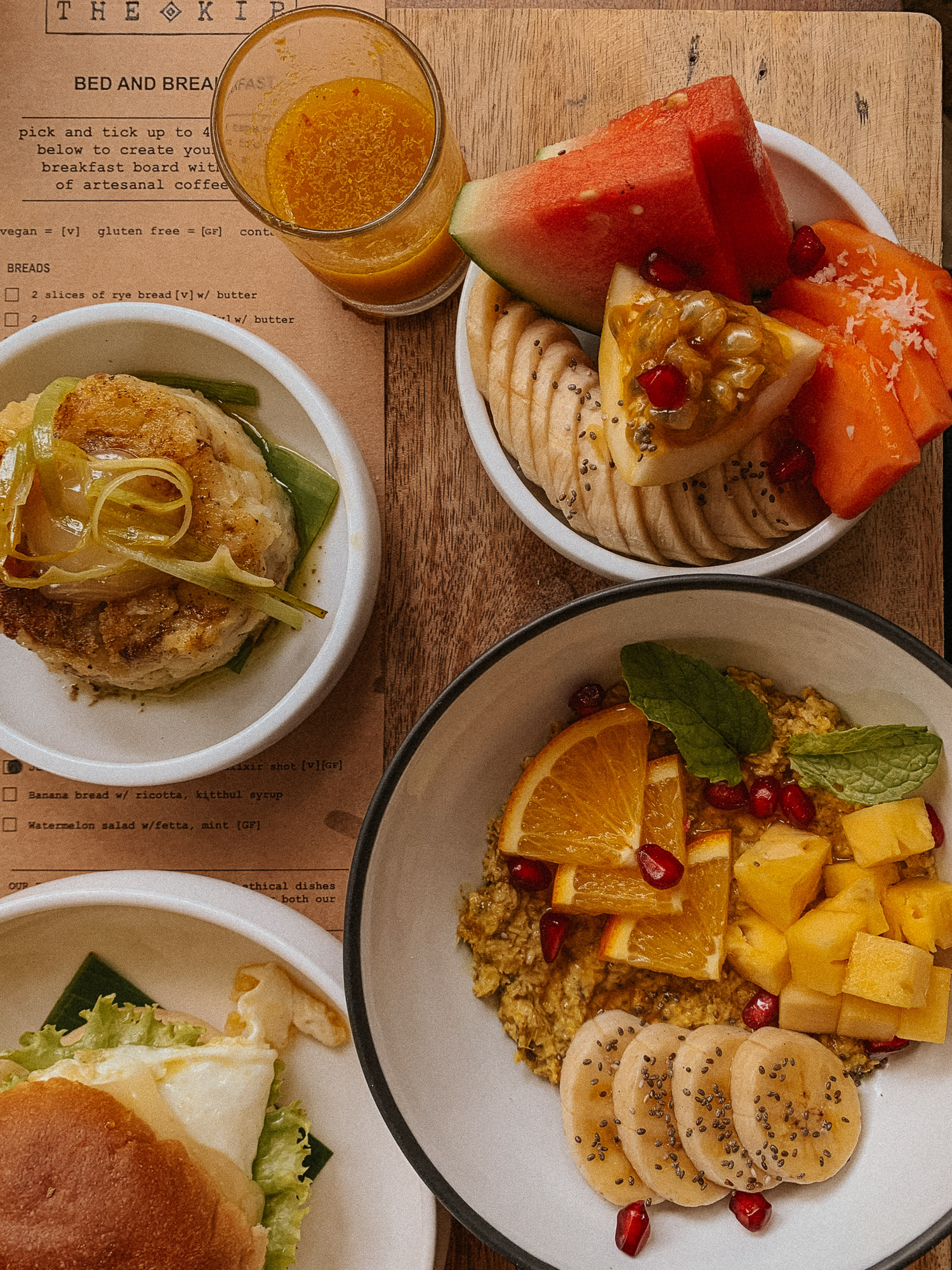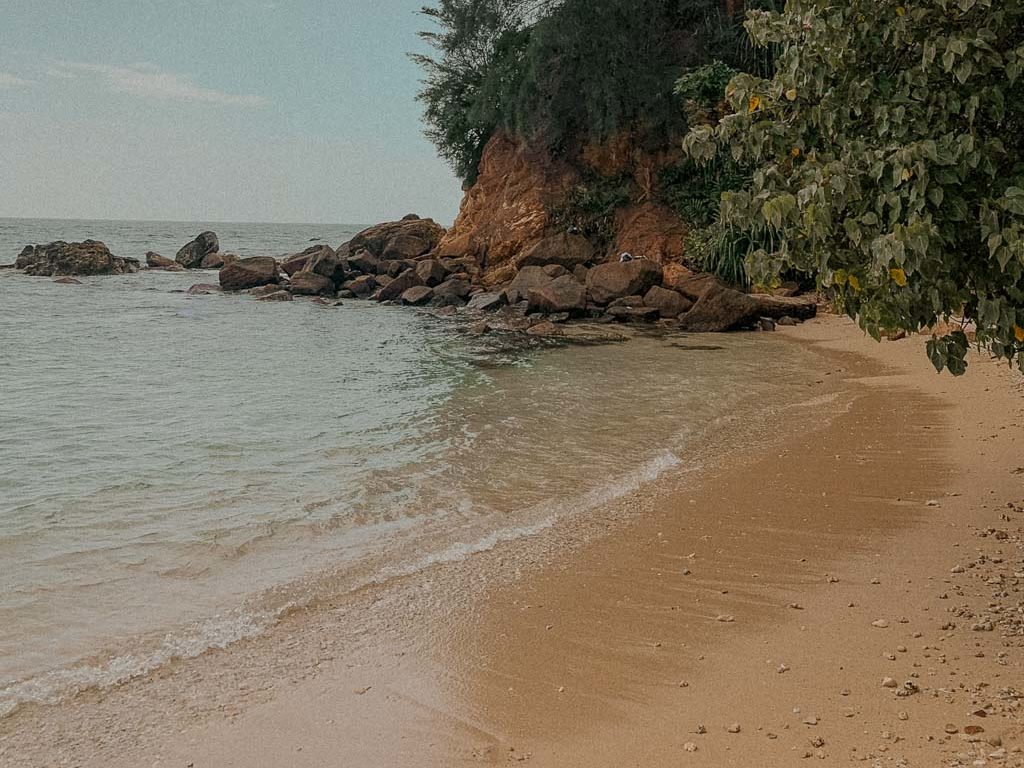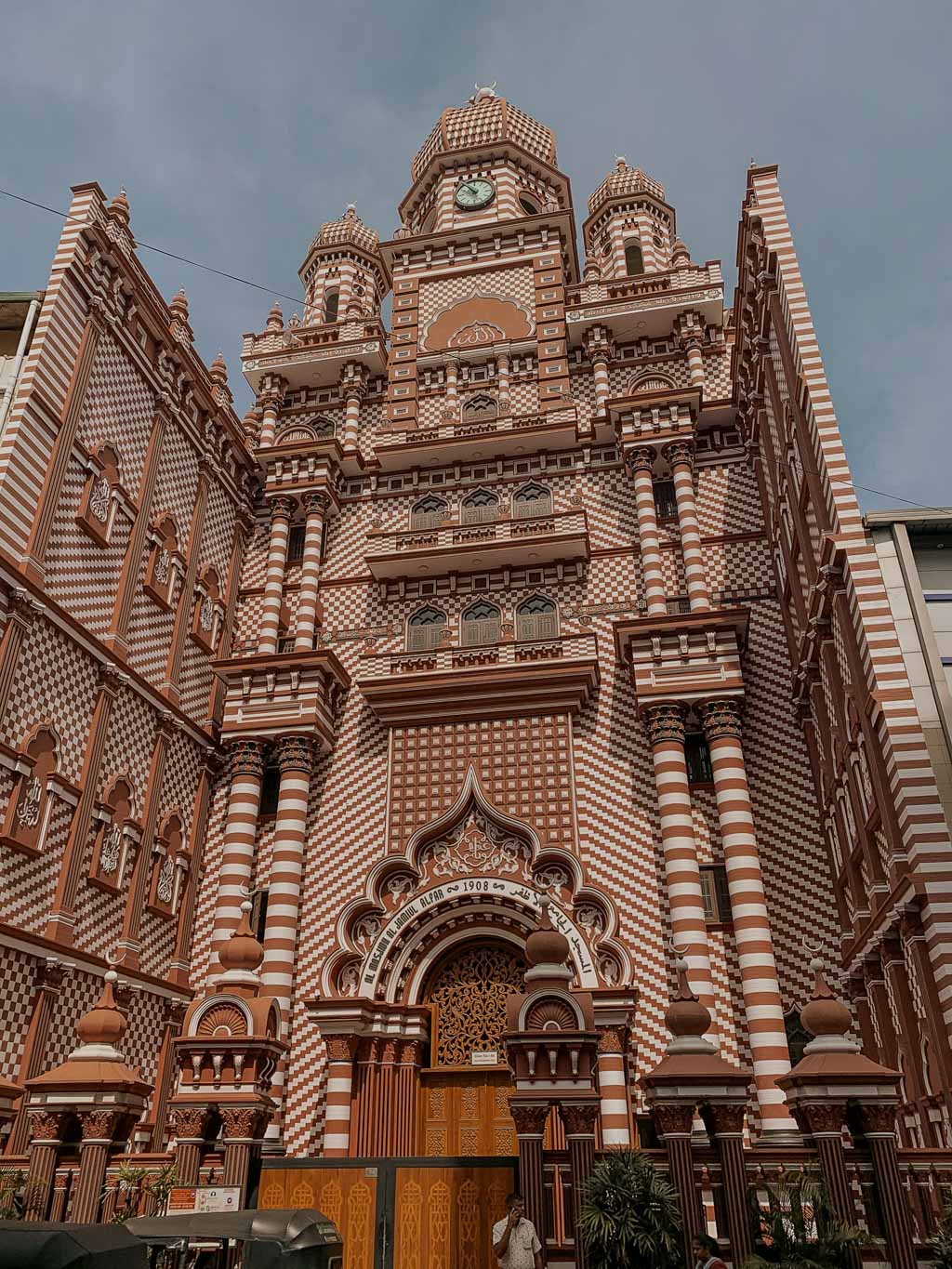
Sri Lanka
“Combine India and Bali and you get Sri Lanka, yet so much more…”
This is the best way I know how to tell others about the magic of Sri Lanka. Whether you are interested in venturing through national parks to seek out the elusive leopard, explore cultural and historic ruins, climb a lush green hilltop, catch some surf on the southern golden beaches or dig into a big plate of curry, Sri Lanka is a major bucket list destination.
The little teardrop island of Sri Lanka is incredibly easy to travel around. Things to do in Sri Lanka are easily come by. Places like the cultural city of Kandy, the historical Sigiriya rock fortress, the small mountain town of Ella, the surf capital of Weligama and the expansive Yala National Park are a must.
If it’s your first time travelling to Sri Lanka, make sure to check out these Sri Lanka travel tips, Sri Lanka packing list and ideal 3 week Sri Lanka itinerary (with options to extend, because I know you’ll want to).
Make sure you spend at least 2 weeks on this island paradise.

